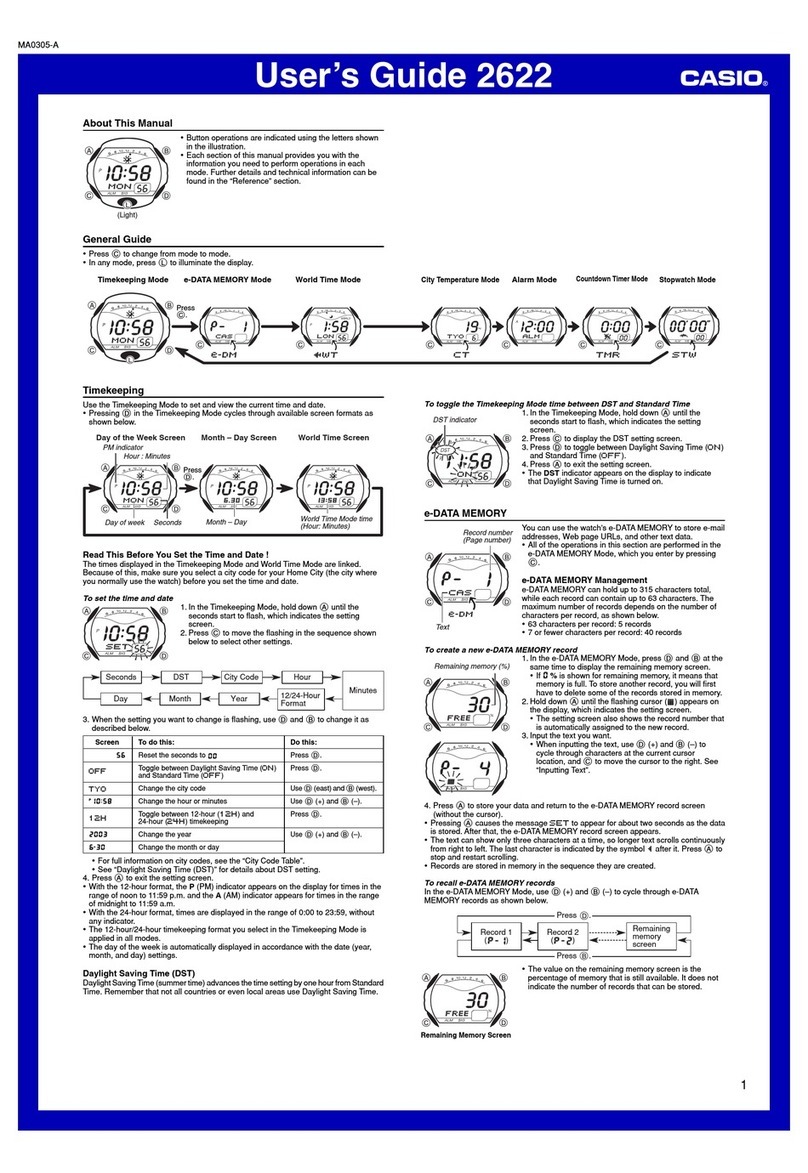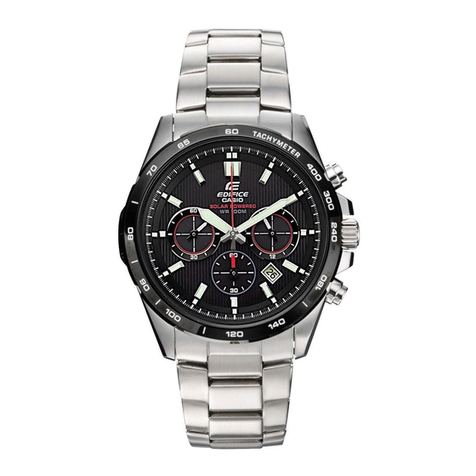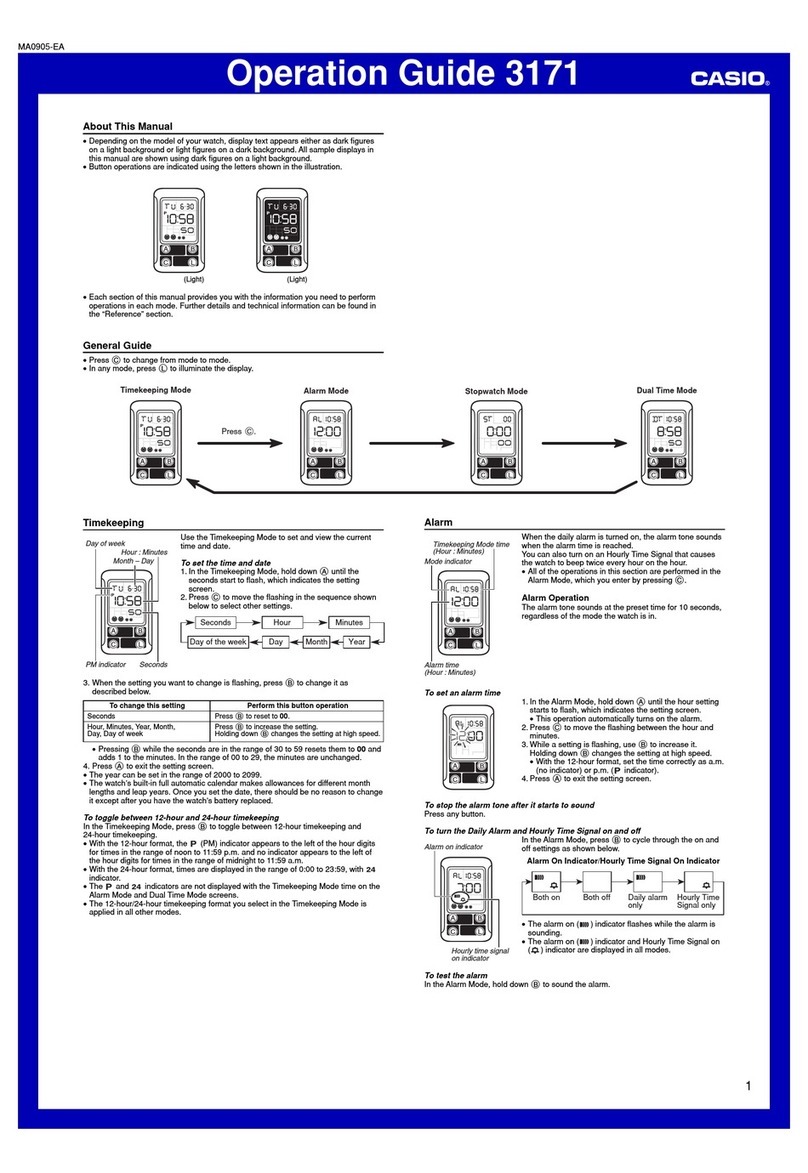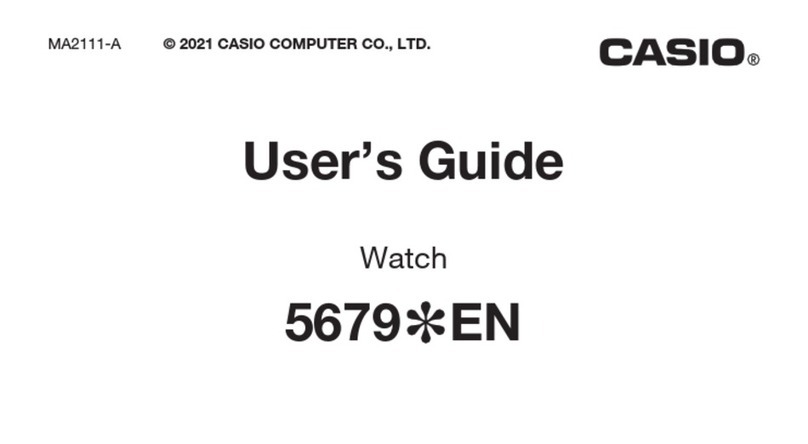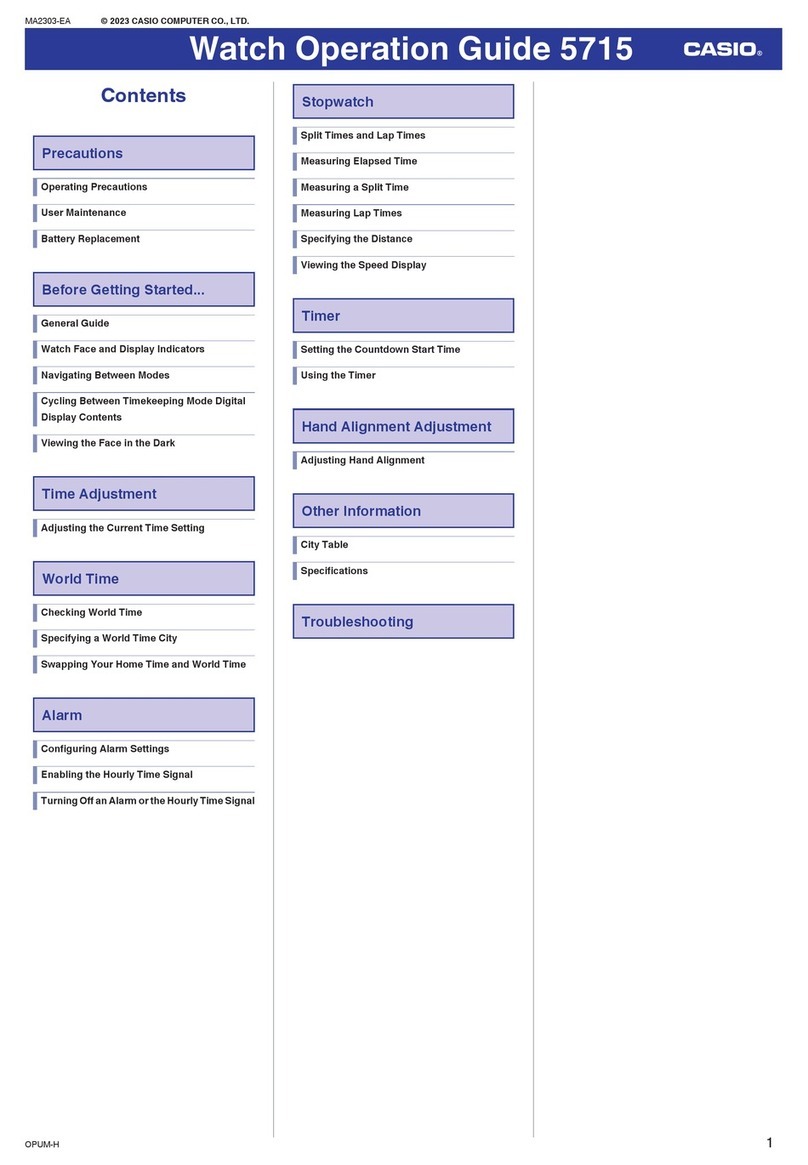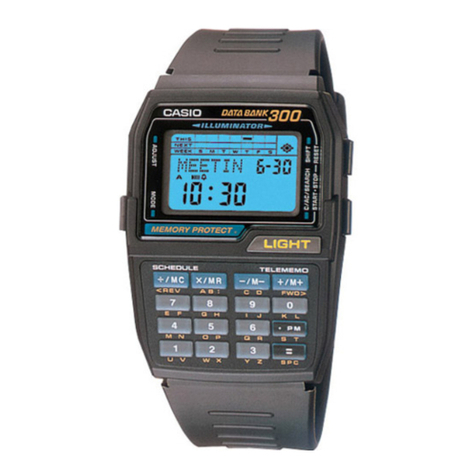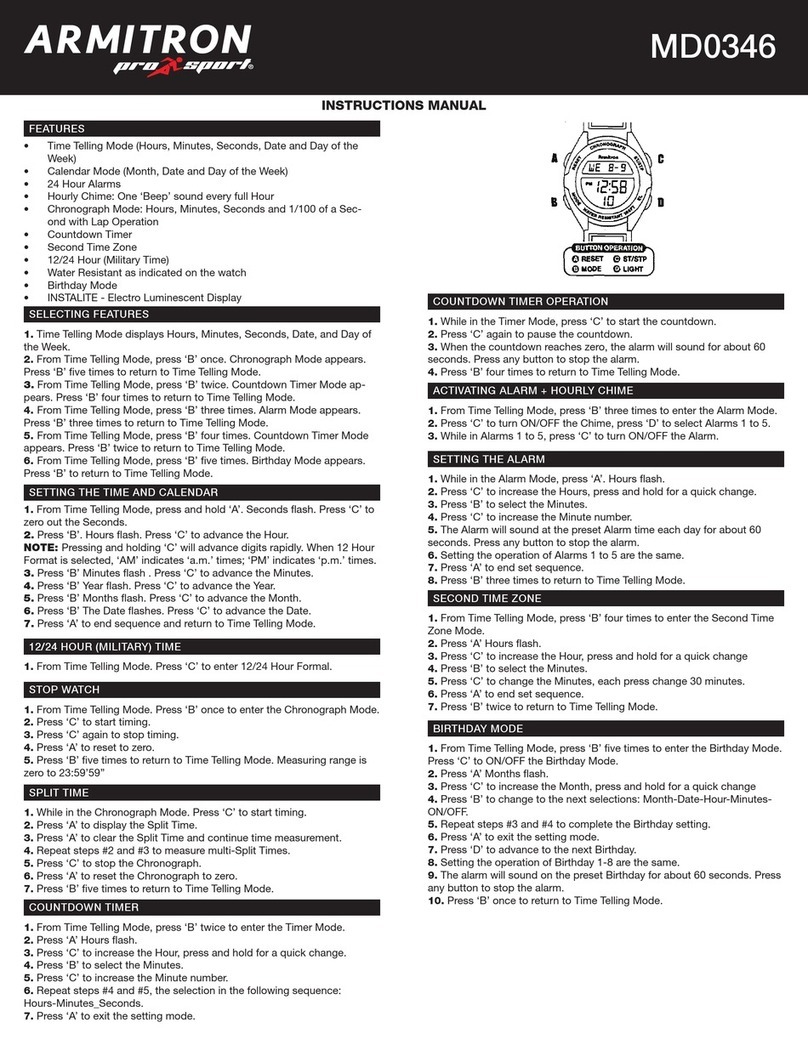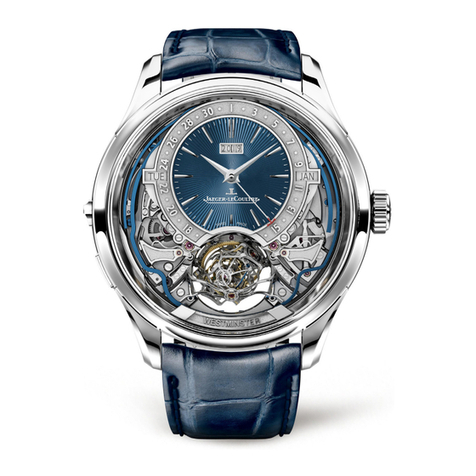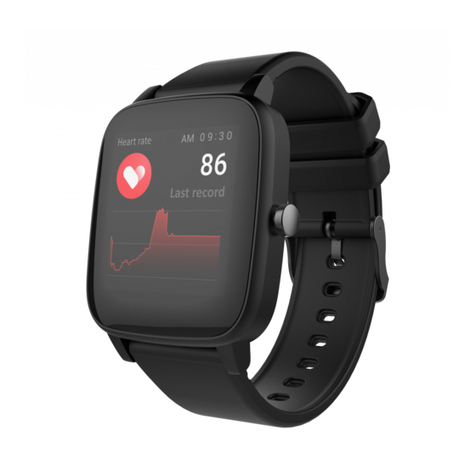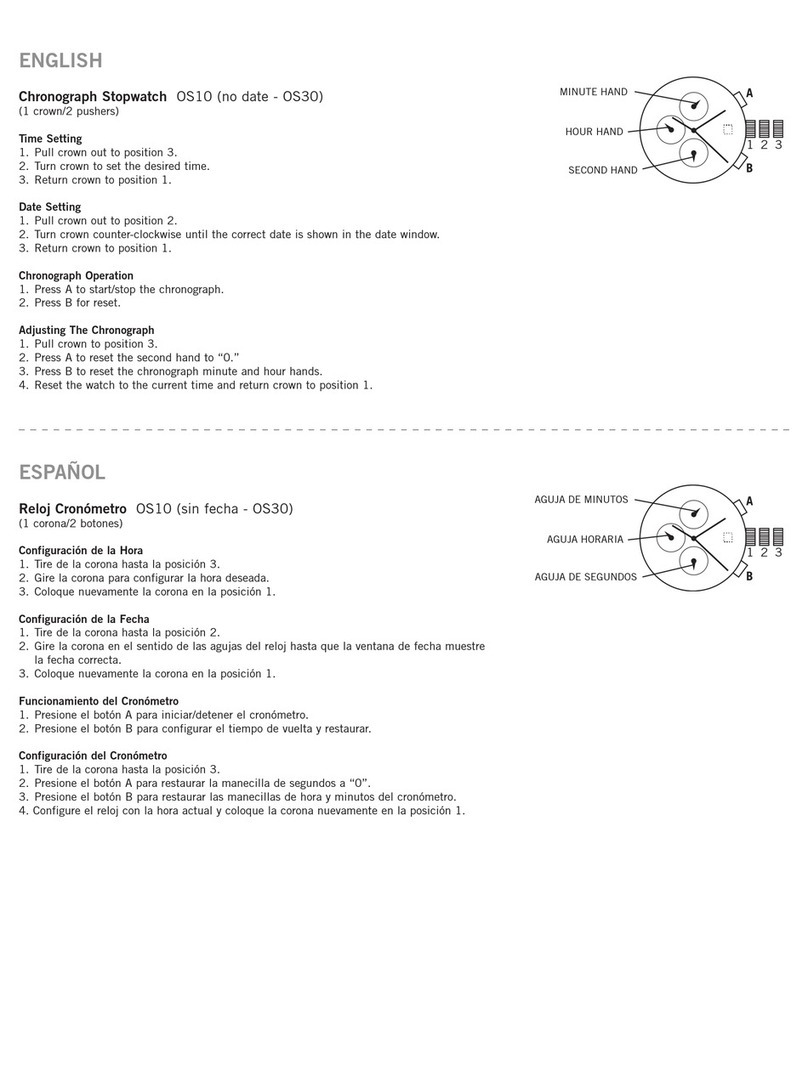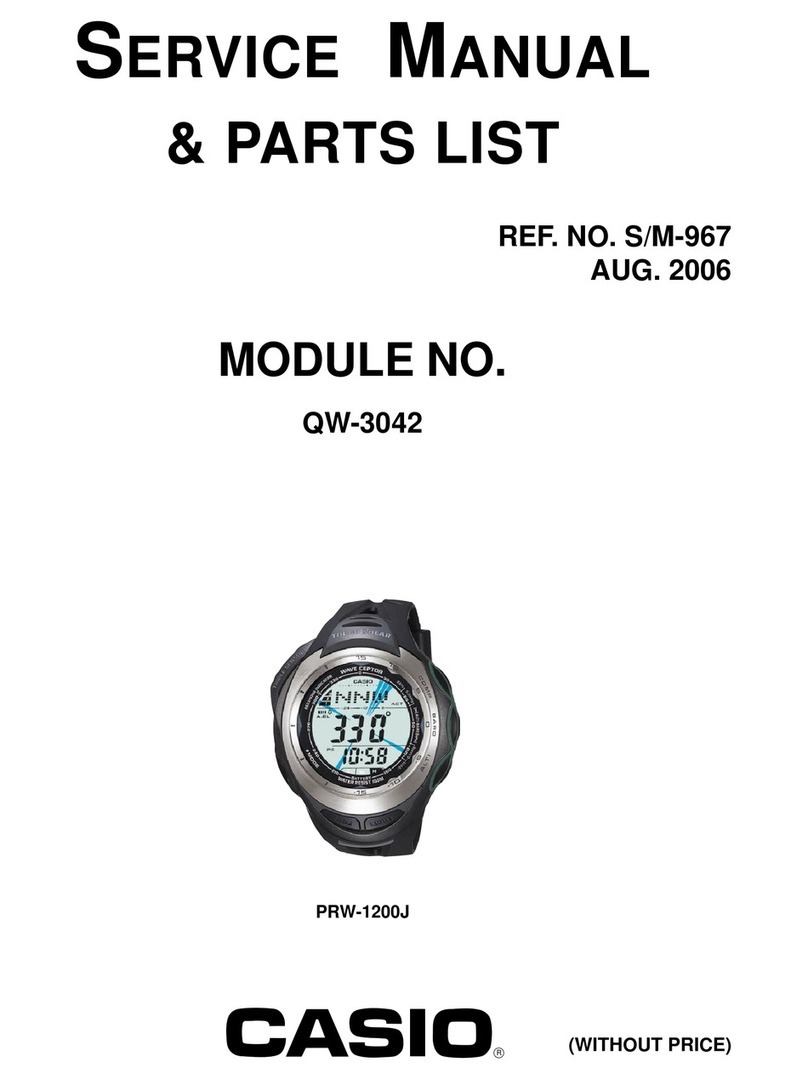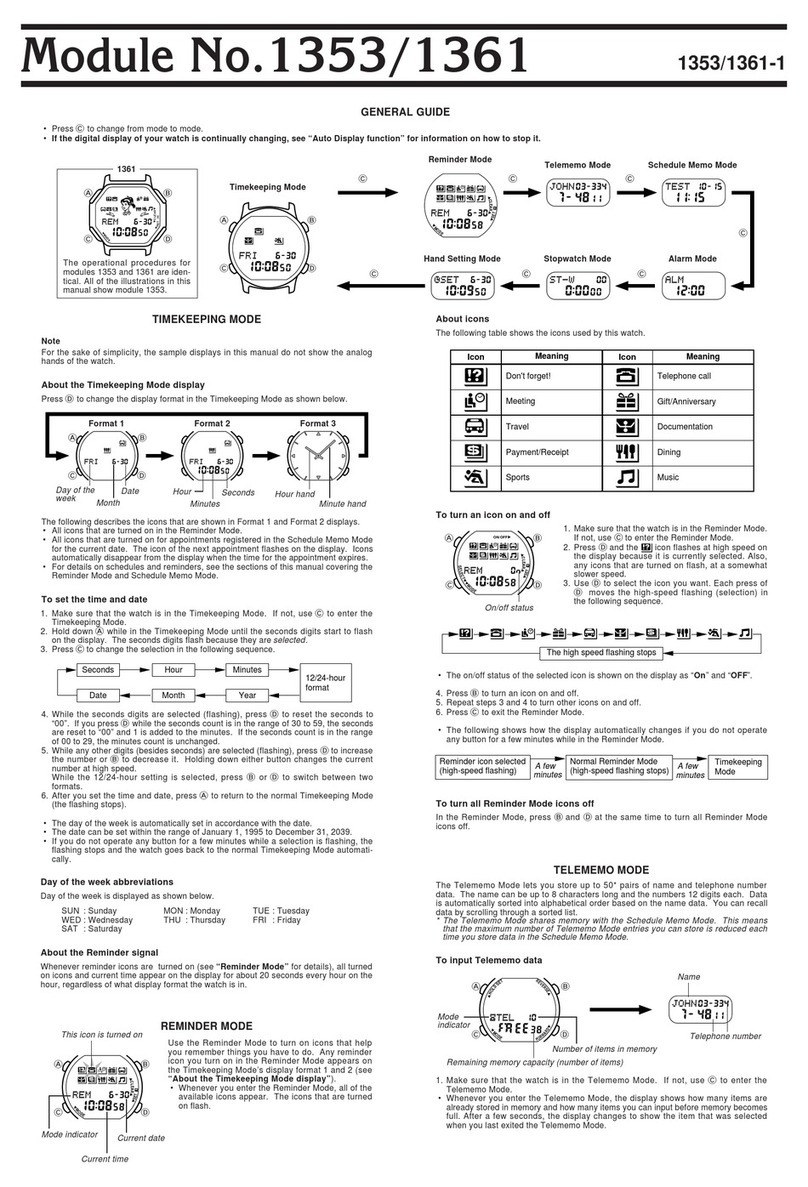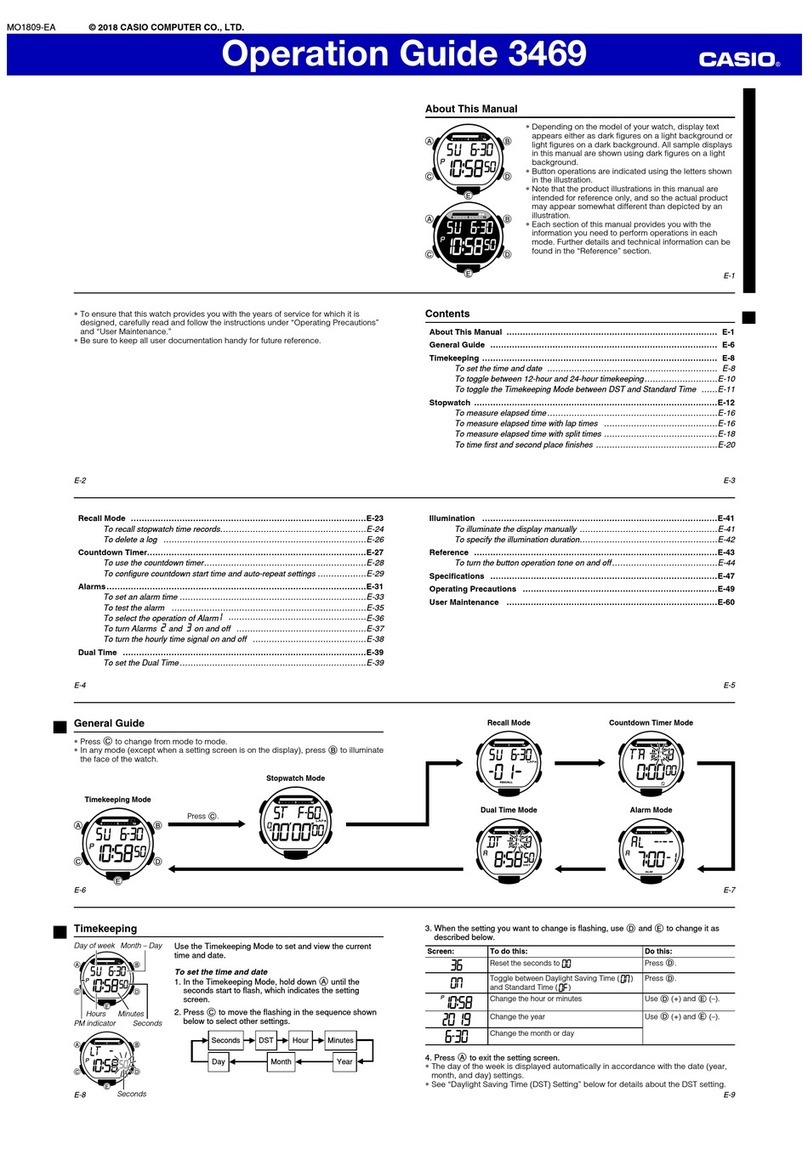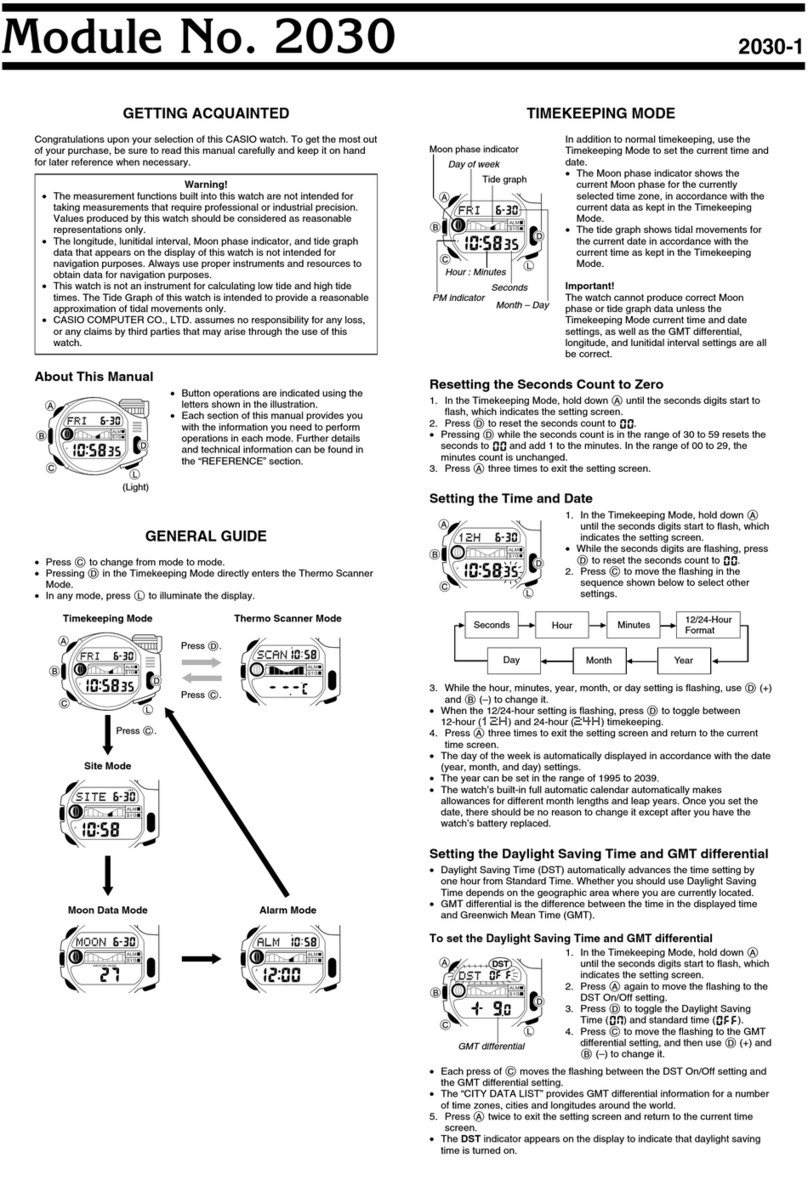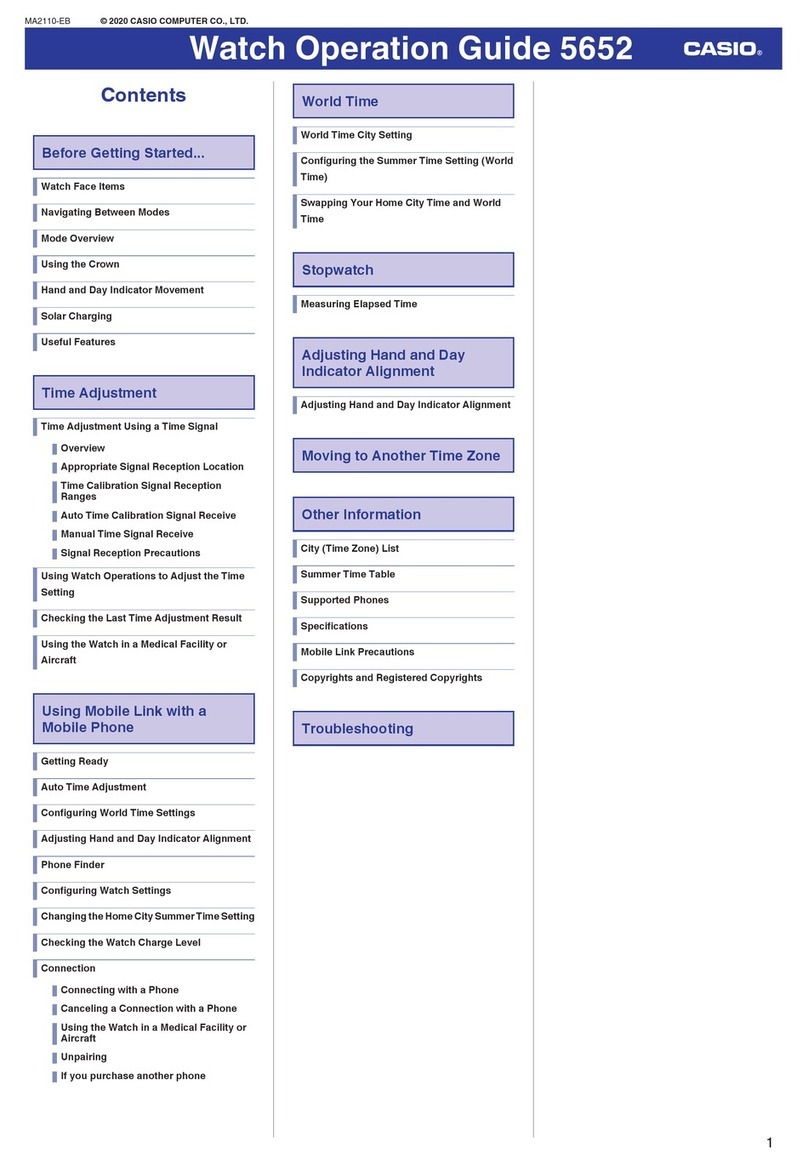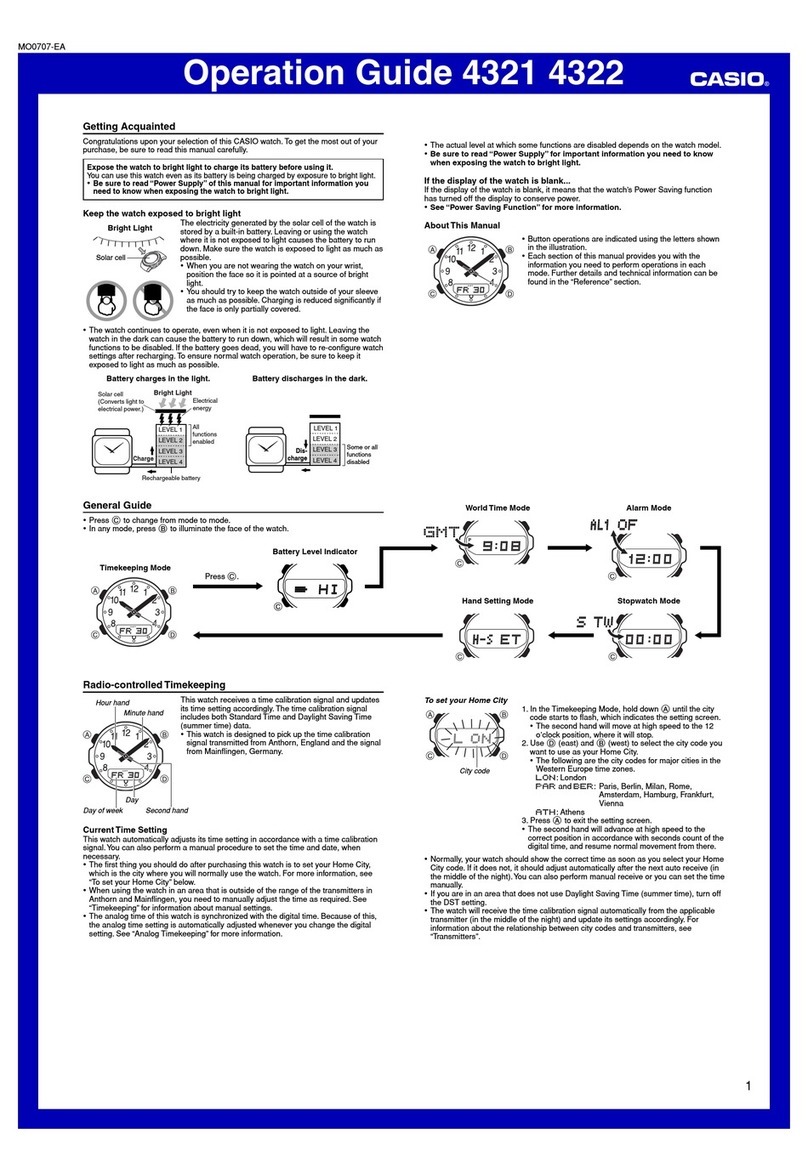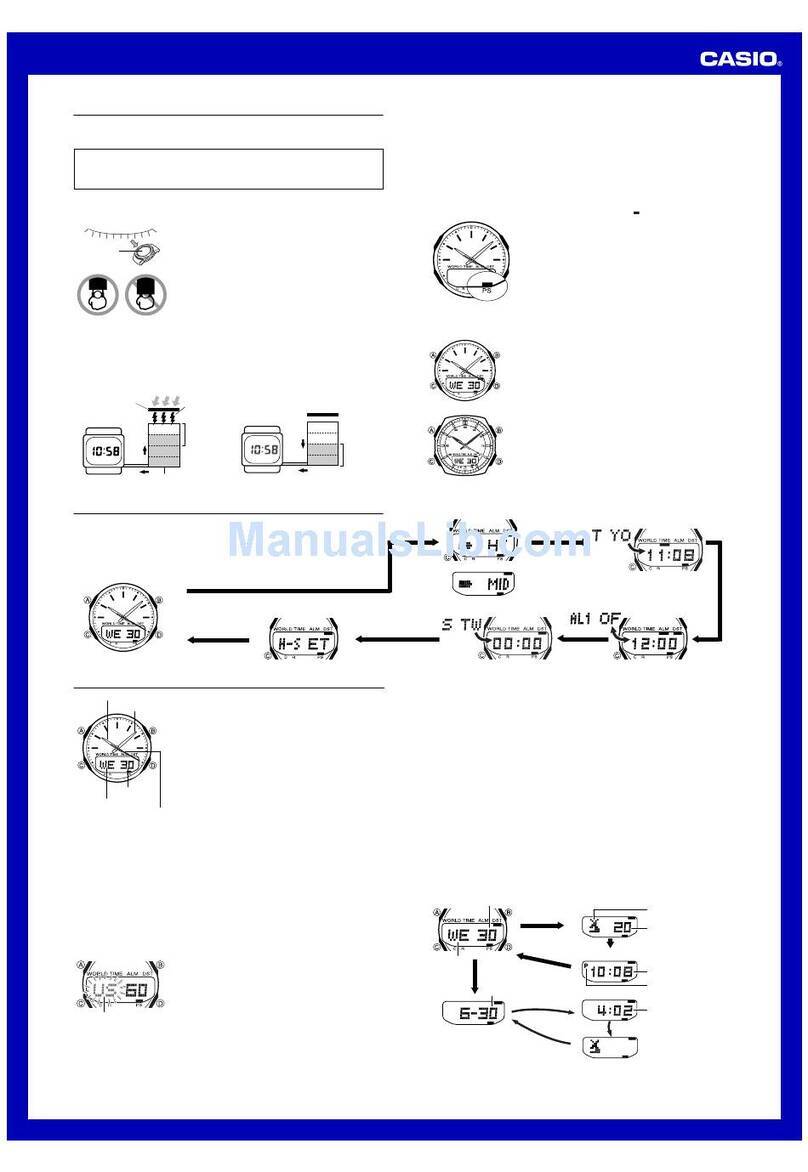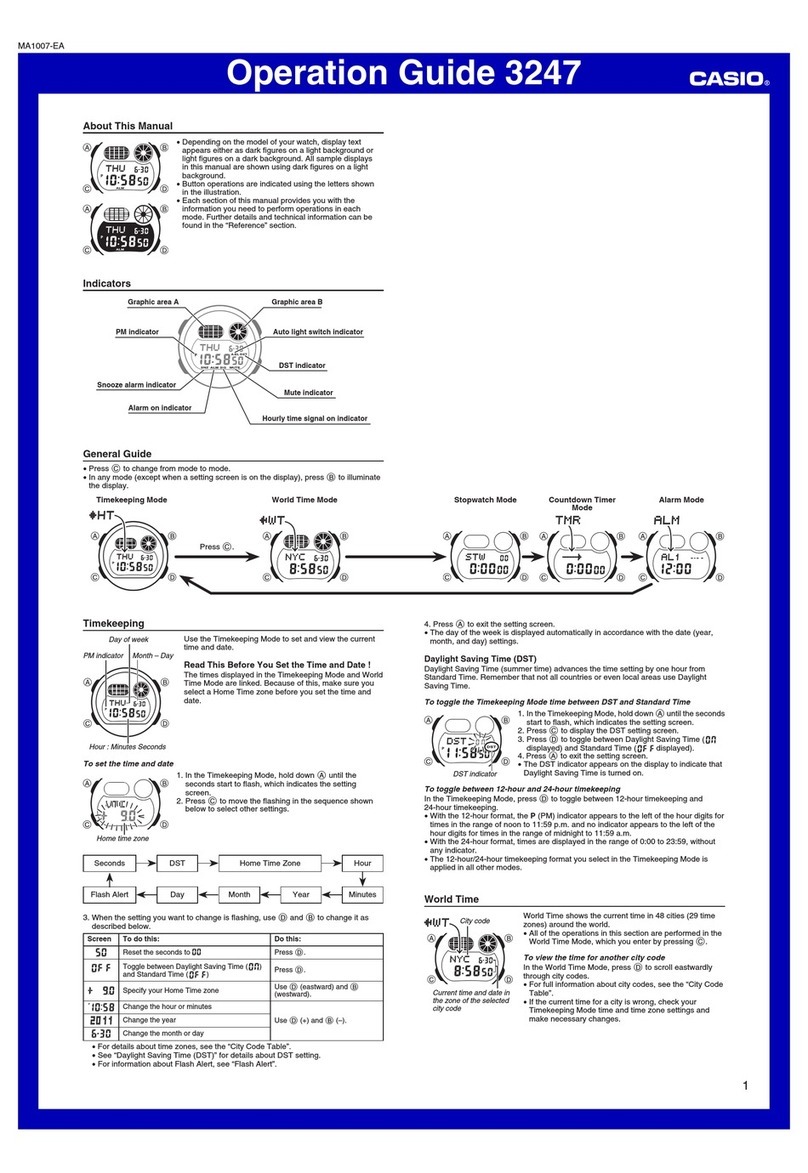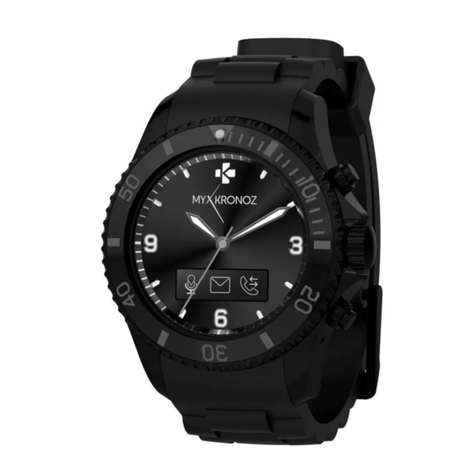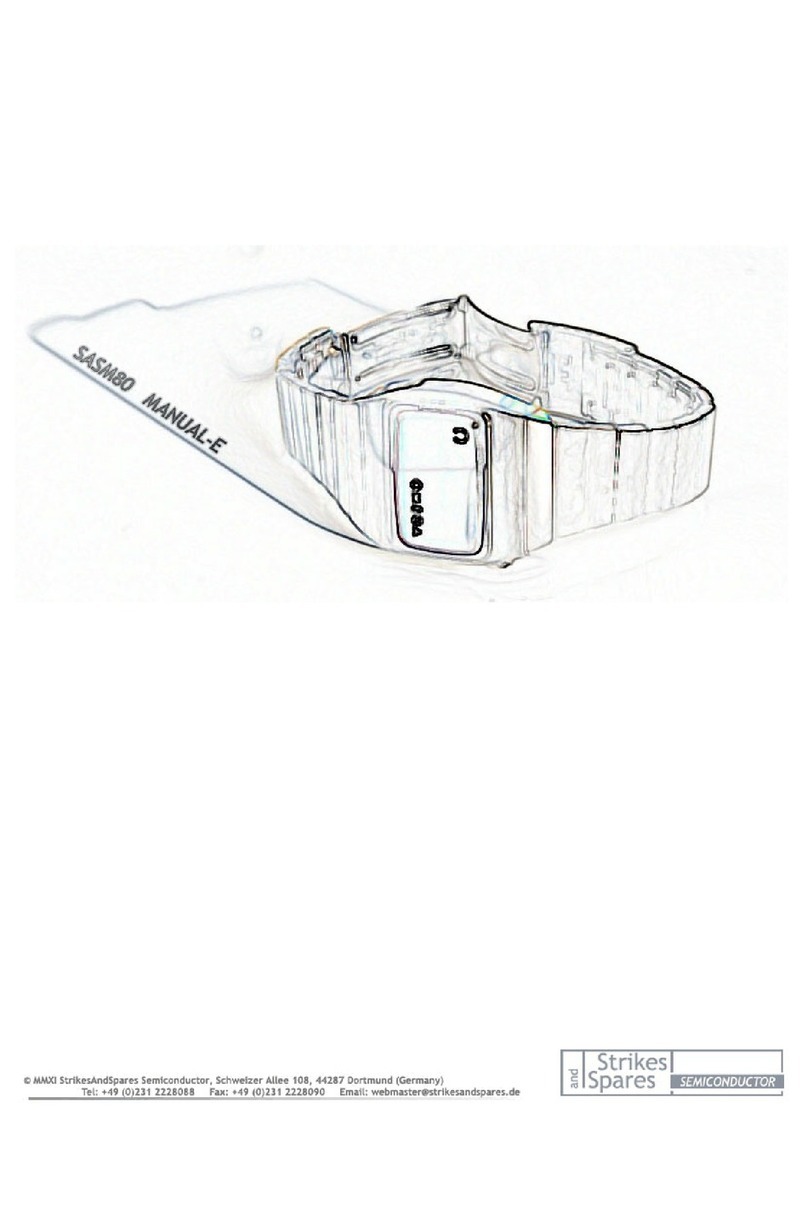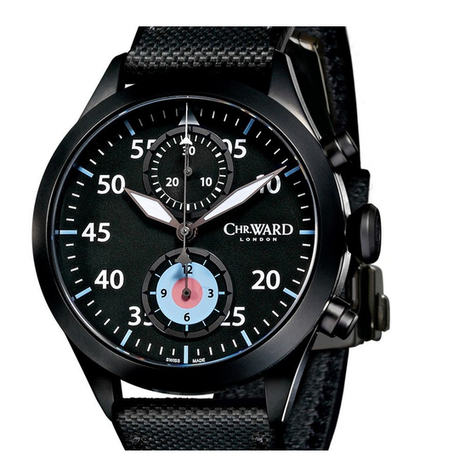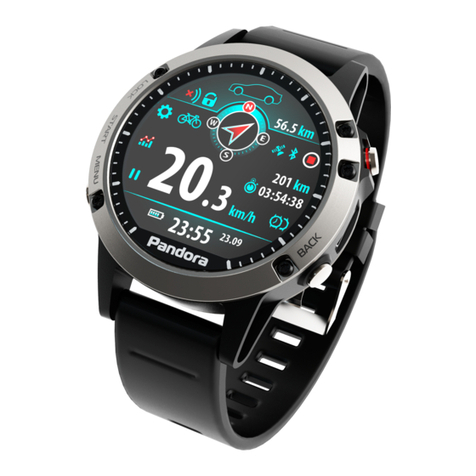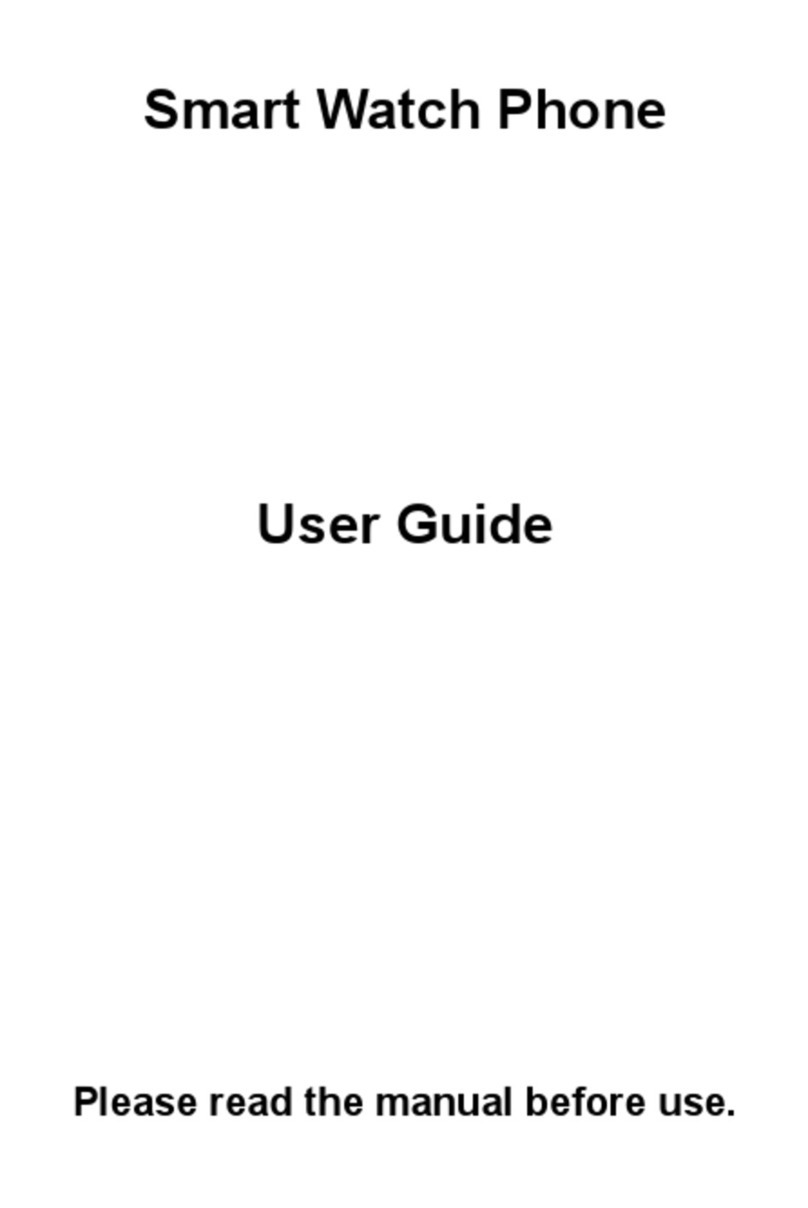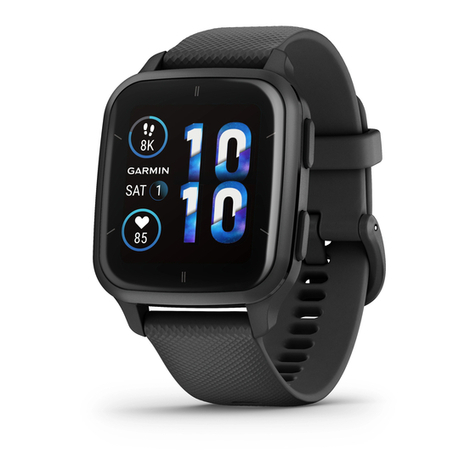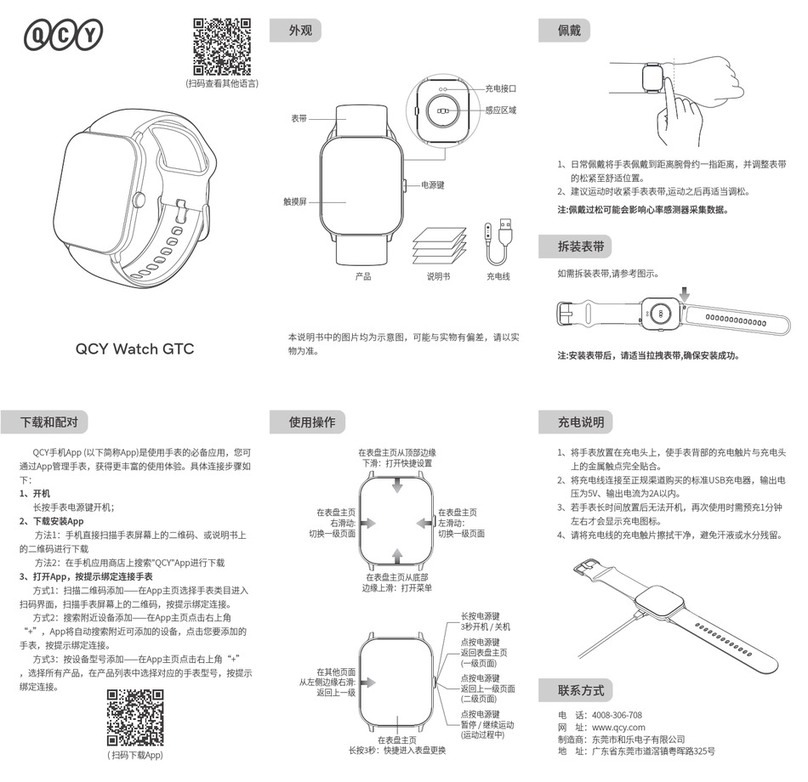
6. Quality Evaluation and Replacement of EL....................................................... 12
7. Names of Casing Parts ....................................................................................... 14
7-1 G-Shock....................................................................................................................... 14
7-2 Baby-G......................................................................................................................... 15
7-3 Twincept....................................................................................................................... 16
7-4 Data Bank.................................................................................................................... 17
7-5 Diver's Watch...............................................................................................................18
7-6 Watches Equipped with a Sensor/Pressure (Side Sensor) ......................................... 19
7-7 Watches Equipped with a Sensor/Pressure (Front Sensor) ........................................ 20
8. Replacement of Casing Parts ............................................................................. 21
8-1 Glass Replacement ..................................................................................................... 21
8-2 Button Replacement .................................................................................................... 22
8-3 Register Ring Replacement......................................................................................... 23
8-4 Piezo Replacement ..................................................................................................... 23
9. Analog Block Replacement ................................................................................ 24
10. Waterproof Inspection......................................................................................... 26
10-1 Water Resistant Tester .............................................................................................. 27
10-2 Air Leak Checker ....................................................................................................... 28
10-3 Water Pressure Tester and Hot Plate ........................................................................ 30
11. Quality Evaluation and Replacement of Sensor/Pressure .............................. 32
11-1 Trouble Shooting with Sensor/Pressure Trimming Jig Set......................................... 33
11-2 Trouble Shooting without Sensor/Pressure Trimming Jig Set.................................... 34
11-3 Sensor/Pressure Quality Evaluation .......................................................................... 35
11-4 Removal and Attachment of Sensor/Pressure ........................................................... 35
11-4-1 Sensor/Pressure Equipped on Side of the Watch .................................................. 35
11-4-2 Sensor/Pressure Equipped on Front of the Watch ................................................. 36
12. Altimeter of Watches Equipped with a Sensor/Pressure ................................. 36
13. Quality Evaluation and Replacement of Sensor/Magnetic .............................. 37
13-1 When a Watch Does Not Indicate Directions Correctly ............................................. 37
13-2 Quality Evaluation of Sensors/Magnetic .................................................................... 37
13-3 Quality Evaluation of Sensors/Magnetic .................................................................... 38
14. Quality Evaluation and Replacement of Coil Ass'y .......................................... 38
15. Repair of Module/with movement ...................................................................... 39
15-1 Precautions when Repairing Modules/with movement.............................................. 39
15-2 The Structure and Names of Parts of Module/with movement .................................. 40
15-3 Explanation of Each Part of Module/with movement ................................................. 42
15-3-1 Train Wheel Part..................................................................................................... 42
15-3-2 Correction Part ....................................................................................................... 42
15-3-3 Calendar Part .........................................................................................................43
15-4 Disassembly, Cleaning, Lubrication and Reassembly of Module/with movement ..... 44
15-4-1 Disassembling ........................................................................................................ 44
